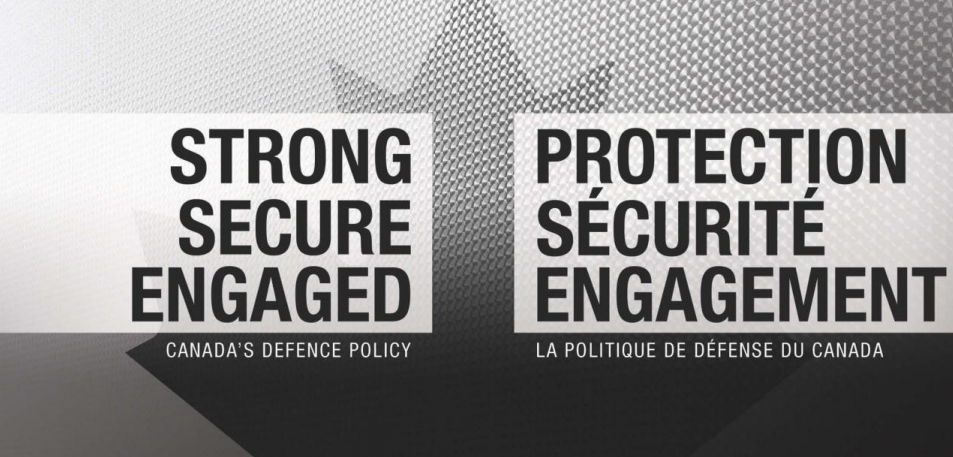Strong, Secure, Engaged – are words that will undoubtedly be spoken many times in the next few years. That’s the theme of Canada’s new defence policy – “a new vision and approach to defence” – issued by the Liberal government.
Earlier today, Canada’s Defence Policy was unveiled after numerous setbacks and delays with the aim of ensuring Canada is: Strong at home, Secure in North America and Engaged in the world. With this new policy, the government is looking to “build a military that is ready and able to defend its sovereignty and to assist in times of natural disaster, support search and rescue, or respond to other emergencies.”
On the second tier, Canada will be actively involved in renewing its defence partnership in NORAD and with the United States. And on the global scale, it will be looking to make contributions in keeping the world peaceful and stable.
“If we are serious about Canada’s role in the world, then we have to be serious about funding our military,” Defence Minister Harjit Sajjan said at news conference today. “And we are.”
“Strong, Secure, Engaged recognizes that the women and men in uniform are the Canadian Armed Forces’ most important capability,” said Sajjan. “With significant investments in care for personnel and families, equipment and training, and new capabilities, Canada’s new defence policy supports CAF members’ dedication and role in making Canada strong at home, secure in North America, and engaged in the world.”
Through this new policy, Canada is looking to increase annual defence spending by over 70 per cent from $18.9 billion in 2016/17 to $32.7 billion in 2026/27 as well as caring for the military.
The policy document highlighted that the government recognizes the most valuable asset of the CAF is its people and it is looking to grow the force, enhance care and support and will focus on improving recruitment, training and retention in the following areas:
Adding 3,500 members to the Regular Force
Adding 1,500 members to the Reserve Force
Adding 1,150 Civilians
Investing $198.2 M for a new Total Health and Wellness Strategy
Add 200 new Medical Services Branch personnel
Establish 1,200 personnel strong CAF Transition Group
Invest $6 million a year in enhancing support for military families
Increase to 25 per cent women in CAF by 2026
Tax-free Pay for International Operations
Significantly reduced enrollment times
Comprehensive retention strategy
The policy also highlighted the areas in which Canada will be investing to modernize its core capabilities:
Navy
15 Canadian Surface Combatants
2 Joint Support Ships
5-6 Arctic Offshore Patrol Ships
Modernized Victoria-class submarines
Enhanced naval intelligence, surveillance and reconnaissance systems, upgraded armaments, systems for future platforms.
Army
Light Forces Modernization
LAV mobility and survivability
Modernized logistics and heavy engineering vehicles; C-IED
Replace armoured combat support vehicles
Ground-based air defence
Enhanced ability to operate in remote regions
Arctic mobility enhancements
Air Force
88 new advanced fighter aircraft
Next generation multi-mission aircraft (CP-140 replacement)
Next generation air-to-air tankertransport
Replace utility transport aircraft
Range of remotely piloted systems
Space capabilities (global satellite communications, surveillance of space, ISR)
Joint
Joint command and control systems and communications
Joint signals intelligence
Improved joint deployable HQ and signals regiment
Improved crypto, info ops and cyber capabilities
Improved Chemical, Biological, Radiological, Nuclear and Explosive detection and response capabilities
Special Ops
Next generation integrated soldier system, land and maritime mobility and fighting vehicle platforms
Modernized C4
Airborne ISR platforms
Recapitalize commercial pattern armoured vehicles
Chief of the Defence Staff Gen. Jonathan Vance said that it is a great day to be in uniform and the policy is a morale-booster for the troops because it places a premium on members.
“It’s a good thing for a military to know its country has its back,” he said.
To get the 113-page report on Canada’s Defence Policy, go here.

